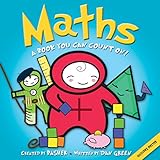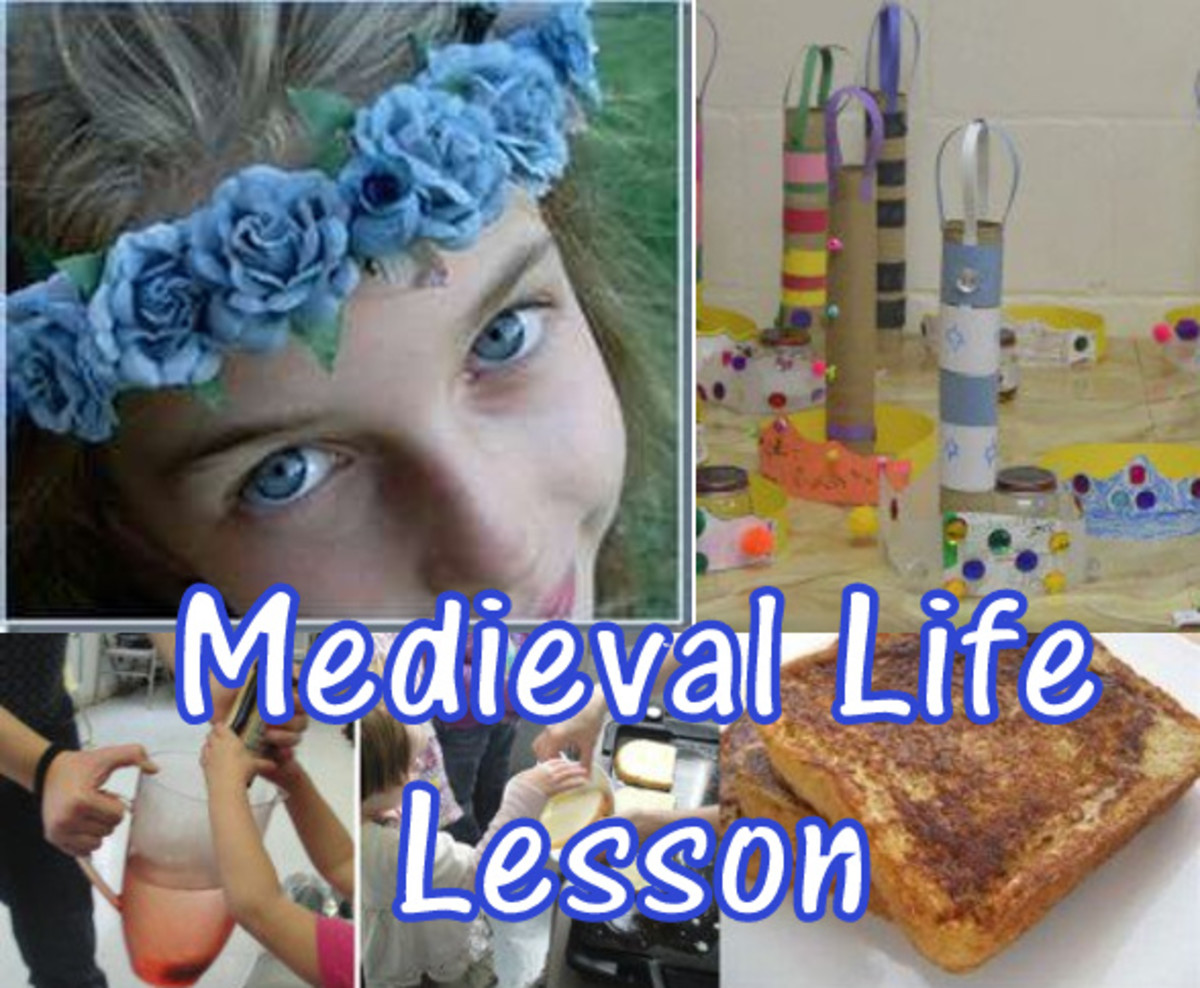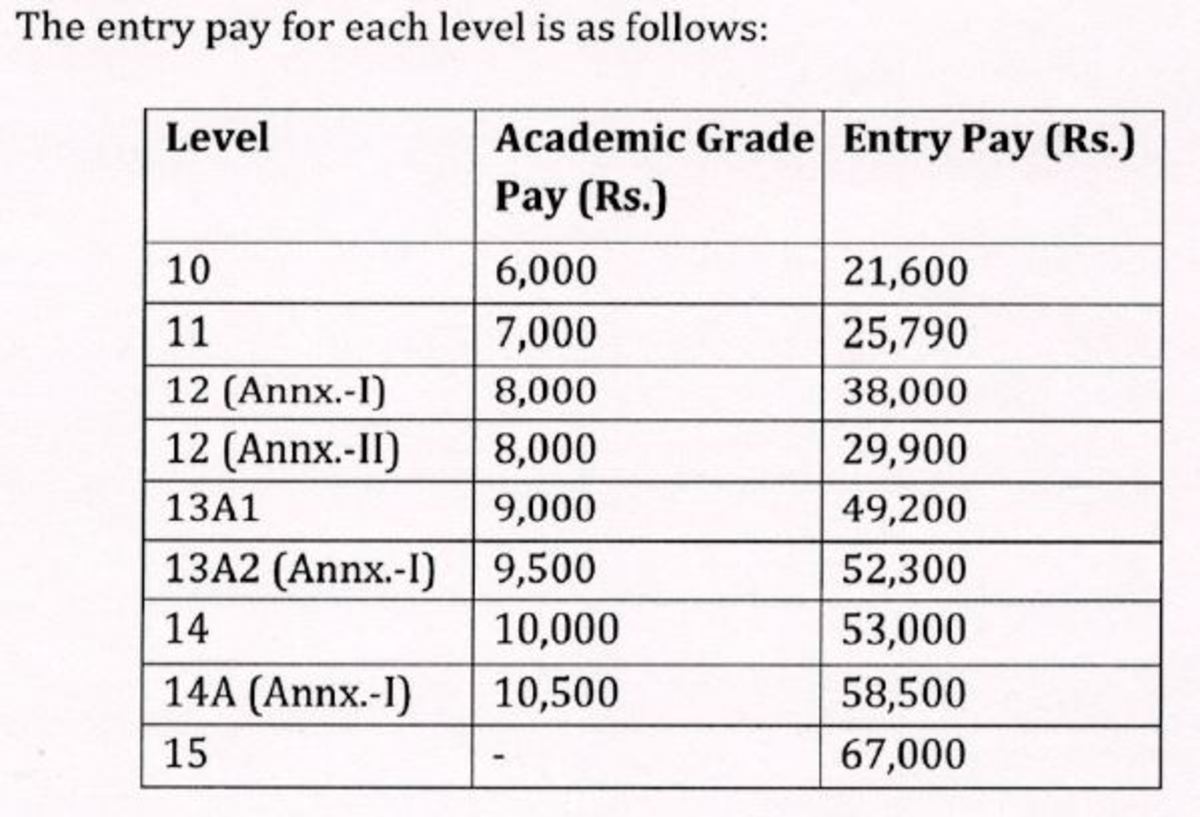USING BRACKETS IN MATHS,what part of the calculation do I do first? Brackets,pOwers,Multiply,Divide,Add and Subtract
Why do we need brackets in maths?
Another misconception is that they follow the numer sentence in exactly the same was as we read - from left to right. I find the best solution for this is to give the children examples of work where they will find more than one answer to the problem.
Example 1:
3+5x2 =
Answer 1:
- 3+5 = 8
- 8x2 = 16
Answer 2:
- 2x5 = 10
- 3+10 = 13
It is vital to show children that maths does not follow the same rules as those we use for reading.
They should be familiar with the concept that
- 3+8 = 8+3
- 3x8 = 8x3
They should be using this in their maths to make things easier.
For example:
- When faced with a problem of '3+8 =' we tell the children to put the biggest number in their head and then count on.
- When faced with a problem of '3x8=' we tell the children to swap over the numbers so they are looking at their 3x tables instead of trying to work out their 8's.
So they should already know that we don't follow the same rules for maths as we do for reading. This is however the one thing they tend to fall back on when faced with a problem similar to the example above.
This obviously isn't what we want in maths because we do like to have a solution to the problems we are given. Therefore there are some rules we need to over come this problem.
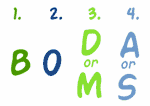
What rule should we use first?
BODMAS
We need a rule to tell us what to work out first and BODMAS is that rule.
What does it stand for?
B = Brackets
O = Order of operation or pOwers
D = Division
M = Multiplication
A = Addition
S = Subtraction
How does this rule work?
It tells us what order we should solve the number sentence. B being first and S being last.
That isn't the full story though because some operations have the same weight - division and multiplication, and addition and subtraction.
That's why the picture is split like it is!
Basically this is what you need to do:
- Anything inside brackets must be worked out first.
- Then any number with a power should be worked out next ( 2² = 4 3³=9 etc.)
- Then any division or multiplications should be done next. (This may mean that you are working out two steps at this point because you have both in the number sentence. It doesn't matter which way you do these though)
- Last of all you finish off with the addition and/or subtraction. (Again you may be doing more than one step here too because you may have both in the number sentence. It doesn't matter which way around you do these though.)
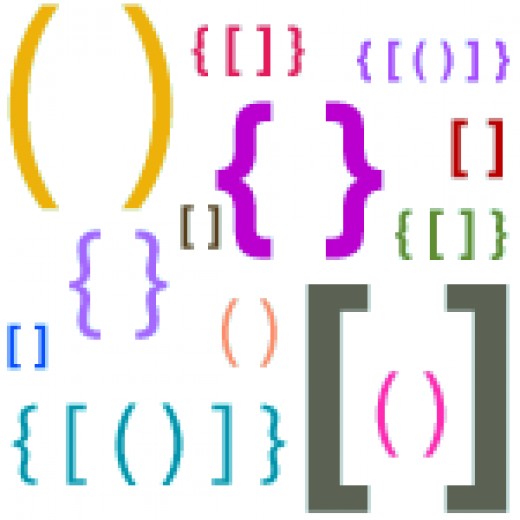
Brackets are first, but what are they and how do we use them?
Brackets are a pair of symbols () that show you which part of a calculation to work out first. THis rule is never broken and anything inside the brackets MUST be worked out first. If you do not do this then you will not work out the correct answer.
Examples:
4x2+3=
If we saw this then we know already that we have to follow the rule for BODMAS because there is nothing else to go on:
- There are no brackets or powers so we go straigh to the multiplication or division.
- 4x2 = 8
- Then we can work out the addition or subtraction.
- 8+3=11
However, as we have discussed earlier we can get different answers from this number sentence if and only if we use brackets. If there are no brackets then we would have to follow the rules for BODMAS.
Example 1:
(4x2) +3
- The brackets tell you to work out 4x2 first. 4x2 =8
- 8+3=11
4x(2+3)
- The brackets tell you to work out 2+3 first. 2+3 =5
- 4x5 = 20
Example 2:
16÷4 - 3 (BODMAS tells us to work out 16÷4 first, but what if we used brackets?)
(16÷4) - 3
- The brackets tell you to work out 16÷4 first. 16 ÷ 4 = 4
- 4 - 3 = 1
16 ÷ (4-3)
- The brackets tell you to work out 4 - 3 first. 4 - 3 = 1
- 16 ÷ 1 = 16
So what is it I should remember about Brackets?
If you need to remember one thing from this hub, remember this! What ever maths you see within a set of brackets you MUST always complete this first before anything else.
A much more complicated example:
3 + (4x5) - 2² =
- First we must remember BODMAS.
- So we tackle the brackets first.
- 4x5 = 20
- So that leaves 3+ 20 - 2²
- Next we must look at the powers.
- 2² = 2 x 2 = 4
- So we have 3 + 20 - 4
- The answer being 19.
Why do we do maths like this?
Maths like this is the precursor for algebraic equations. Students must be able to use brackets confidently and well in order to expand algebraic equations or simplify them.
Why do algebra I here you say?
Many of our great stives forward in terms of technology or scientific development have come at the hands of mathmaticians. Algebra is one of many tools they use to be able to further our knowledge of the world. Yes, this isn't going to be for everyone, but everyone should have the chance to change the world. Maths is a great way to be able to do that.

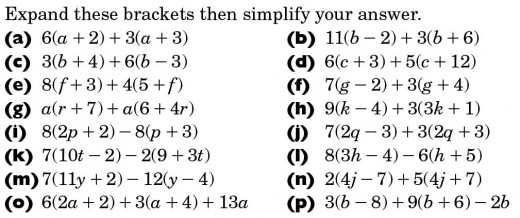
It is possible that the children you teach will come across problems such as those above in year 7 or 8 and without knowledge of brackets then they will struggle.
This hub is a very simple start, but it is a start from which your students must make in order to become the mathmaticians of the future.


